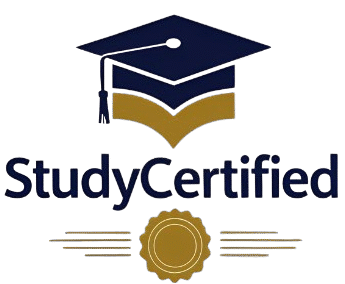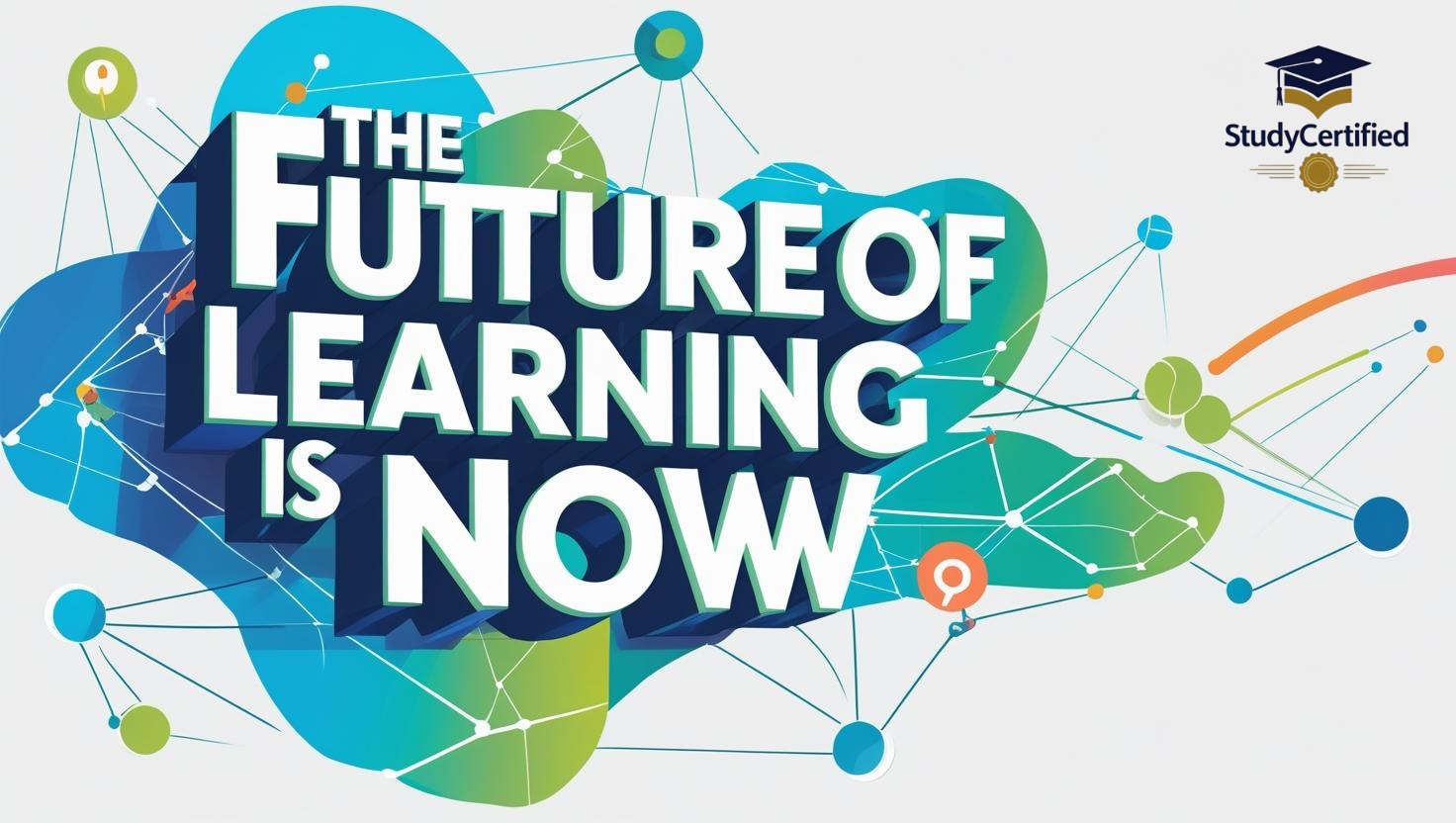The Future of Learning in 2025
Education is modernizingat lightning speed, and 2025 is poised to be a game-changer for digital learning. With the rise of edtech innovations and AI-powered education platforms, students and educators can now access more personalized learning experiences, interactive study tools, and flexible online learning environments.
Tools like Open Educational Resources (OER), makerspaces, and microlearning modules are leading the shift from traditional teaching methods to more student-centered approaches. These modern learning resources support lifelong learning, boost student engagement, and cater to various learning styles, making education more accessible and effective for everyone.
Why Modern Learning Resources Matter for Personalized Education
Personalized learning strategies allow students to learn at their own pace and according to their unique needs. These modern tools support diverse learning styles and help bridge gaps caused by resource inequality. They provide digital learning trends that make education more inclusive and accessible worldwide.
How Educational Technology and Digital Tools are Shaping Learning Today
From interactive apps to virtual collaboration spaces, technology enables more engaging and practical learning methods. Digital platforms empower learners with immediate feedback, rich multimedia content, and opportunities for hands-on practice, which are crucial for retaining knowledge and skills.
Understanding Open Educational Resources (OER)
What Are Open Educational Resources? Definition and Examples
Open Educational Resources (OER) are freely accessible, openly licensed materials such as textbooks, lesson plans, videos, and quizzes that educators and learners can use and adapt. Examples include Khan Academy, MIT OpenCourseWare, and OER Commons.
Benefits of Using OER for Affordable and Accessible Learning
OER reduces the financial burden on students by providing free online textbooks and open-source learning materials. They also allow educators to tailor content to fit specific educational goals or student needs, promoting equitable access to high-quality resources.
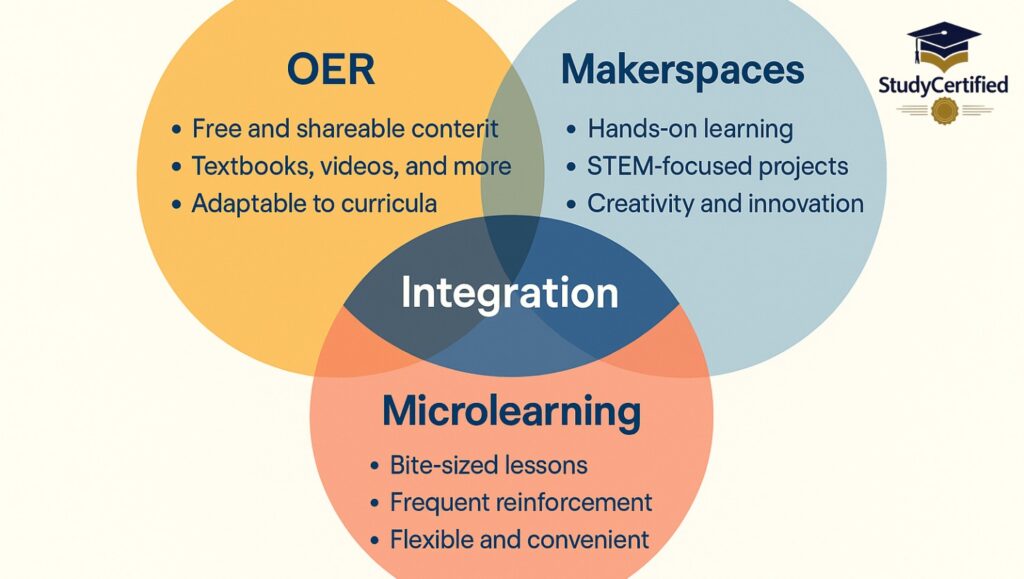
Top Platforms and Websites to Access Free OER Content in 2025
In addition to popular sites, many universities and non-profits continue expanding repositories of free digital curriculum resources, making it easier than ever to find relevant and up-to-date educational content.
Makerspaces: Bringing Hands-On STEM Learning to Life
What is a Makerspace? Collaborative Learning and Innovation Hubs
Makerspaces are creative, collaborative spaces equipped with tools like 3D printers, electronics kits, and robotics supplies. They encourage learners to apply theoretical knowledge through hands-on science projects and problem-solving.
The Role of Makerspaces in Enhancing STEM Education and Critical Thinking
Makerspaces foster innovation and teamwork, critical skills in today’s workforce. They promote experiential learning environments where students engage in real-world challenges, enhancing STEM understanding beyond textbooks.
How to Set Up an Effective Makerspace for Schools and Homeschools
Setting up a maker space can be as simple as gathering everyday materials and integrating technology kits like Arduino or Raspberry Pi. It’s about creating a space that supports curiosity, experimentation, and creative thinking.
Microlearning: Learning in Short, Effective Bites for Busy Learners
What is Microlearning? Concept and Benefits for Modern Students
Microlearning breaks information into small, manageable chunks, making it easier to digest and retain. It is perfect for learners with limited time and supports spaced repetition techniques that improve long-term memory.
How Microlearning Boosts Retention with Spaced Repetition and Mobile Learning
Short lessons delivered via mobile apps or quick videos fit into daily routines and promote consistent study habits. Apps like Quizlet, Duolingo, and Brilliant use microlearning to engage learners effectively.
Best Microlearning Apps and Tools for Skill Development in 2025
Tools designed for bite-sized learning support a variety of subjects from languages to math and professional development, enabling learners to advance skills anytime, anywhere.
Integration of OER, maker spaces, and Microlearning: A Holistic Learning Approach
How These Modern Resources Complement Each Other for Comprehensive Learning
While OER provides a strong knowledge base, maker spaces encourage application, and microlearning reinforces concepts regularly. This blend supports blended learning techniques and multimodal education strategies.
Real-Life Case Studies Demonstrating Integrated Learning Models
Many schools and homeschoolers have successfully combined these methods to create engaging, student-centered learning environments, leading to better engagement and academic results.
Challenges and Practical Solutions in Adopting Modern Learning Resources
Common Barriers to Implementing OER, maker spaces, and Microlearning
Issues like lack of teacher training for tech adoption, insufficient funding, and resistance to change can slow implementation.
Effective Strategies to Overcome Adoption Challenges in Schools and Workplaces
Investing in professional development, community support, and scalable infrastructure helps educators and organizations adapt to these modern tools smoothly.
The Impact of Modern Learning Resources on Different Educational Settings
Transforming K-12 Education with Innovative Learning Tools
K-12 schools are integrating these resources to foster creativity and digital literacy from an early age.
Enhancing Higher Education with Technology-Driven Resources
Universities use OER and microlearning modules to offer flexible, affordable, and up-to-date courses.
Improving Corporate Training and Professional Development through Microlearning and Makerspaces
Businesses leverage these tools to provide continuous skill development that fits into busy schedules.
Preparing Educators and Learners for the Future of Education
Essential Skills for Teachers and Trainers to Leverage Modern Tools
Digital literacy, adaptability, and instructional design skills are key for maximizing these resources.
Tips for Students and Lifelong Learners to Adapt and Thrive
Building self-discipline and embracing technology help learners succeed in the evolving educational landscape.
Creating Personalized Learning Plans Using OER, makerspaces, and Microlearning
Custom learning paths enhance motivation and outcomes by catering to individual goals and learning styles.
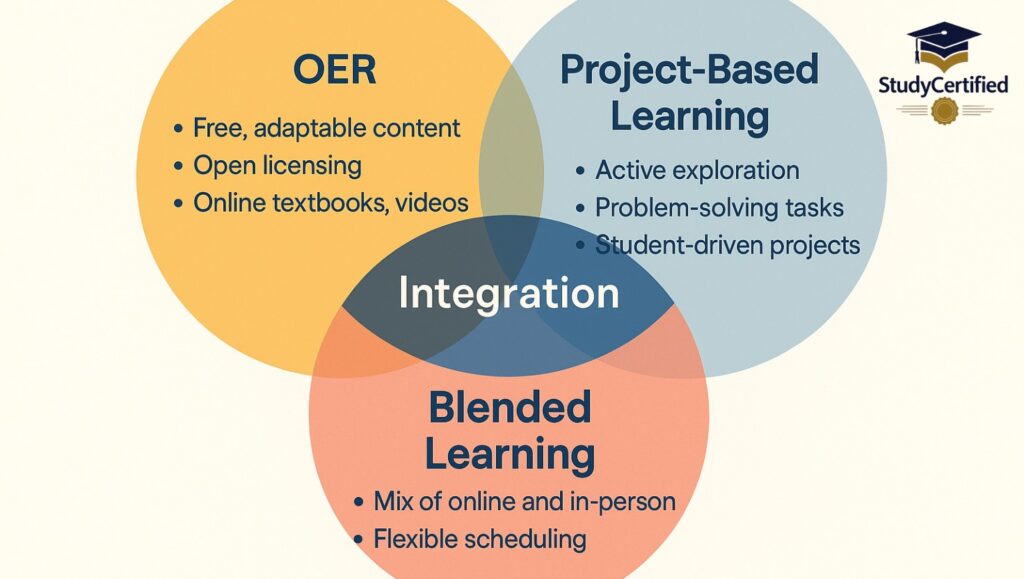
As a Summary, Why Modern Learning Resources in 2025 Matter More Than Ever
As we move deeper into the digital age, Education is undergoing a major shift in the digital era.
“Modern learning resources in 2025—like OER, makerspaces, and microlearning” are leading this change. These tools are not just trends; they are shaping how we learn, collaborate, and grow across classrooms, workplaces, and beyond.
By adopting modern learning resources in 2025, educators and learners can unlock more personalized, interactive, and accessible education. This shift empowers individuals to thrive in a paced environment where learning never stops..
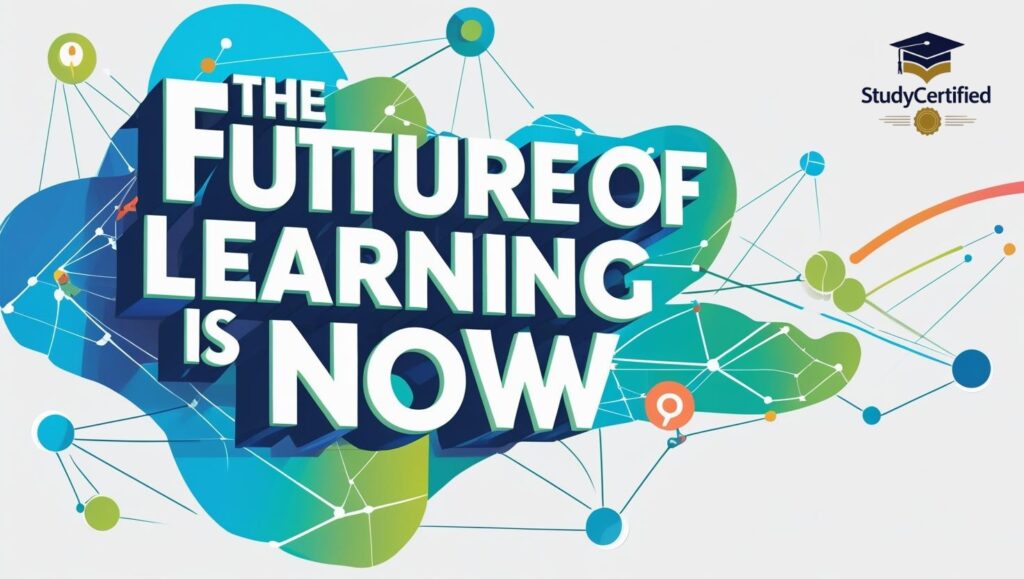
Frequently Asked Questions (FAQs)
Q1: What makes OER different from traditional textbooks?
A: OER materials are freely accessible and openly licensed, allowing educators to adapt and redistribute content.
Q2: Can Makerspaces be created at home or in small classrooms?
A: Yes, with simple materials and affordable tech kits, maker spaces can be set up anywhere.
Q3: How long should micro-learning sessions last for maximum impact?
A: Typically, sessions of 5 to 15 minutes focusing on one concept work best.
Q4: Are modern learning resources accessible to learners with disabilities?
A: Many OER platforms and apps prioritize accessibility features to support diverse learners.
Q5: What are the upcoming trends in microlearning that will shape the future of education?
A: Trends like AI-powered content, mobile-first design, gamification, and personalized learning paths are shaping the future of microlearning in 2025.
Q6: What is microlearning, and why is it so important?
A: Microlearning delivers small, focused lessons that boost retention and fit into busy schedules, making learning faster, easier, and more engaging.
Q7: How does e-learning change the world in 2025?
A: E-learning in 2025 offers global access to education, personalized learning experiences, and flexible tools that adapt to every learner’s needs.
Q8: What are the types of microlearning?
A: Common types include short videos, quizzes, infographics, mobile apps, flashcards, and scenario-based simulations—all designed for quick learning.

I am an Assistant Professor at UCSC with a background as a Postdoctoral Scholar in Environmental Policy, Science, and Management at UC Berkeley. My research centers on soil biophysiochemical processes and nitrogen cycling, aimed at mitigating agriculture’s environmental footprint. I hold a PhD and MS in Soils and Biogeochemistry from UC Davis, where I received the DOE Office of Science Graduate Student Research award. My work combines field investigations, laboratory experiments, and modeling. Additionally, I have provided international consulting on soil remediation. I earned a BA in Mathematics from Bryn Mawr College and previously contributed to the University of Delaware’s Environmental Soil Management Group.
